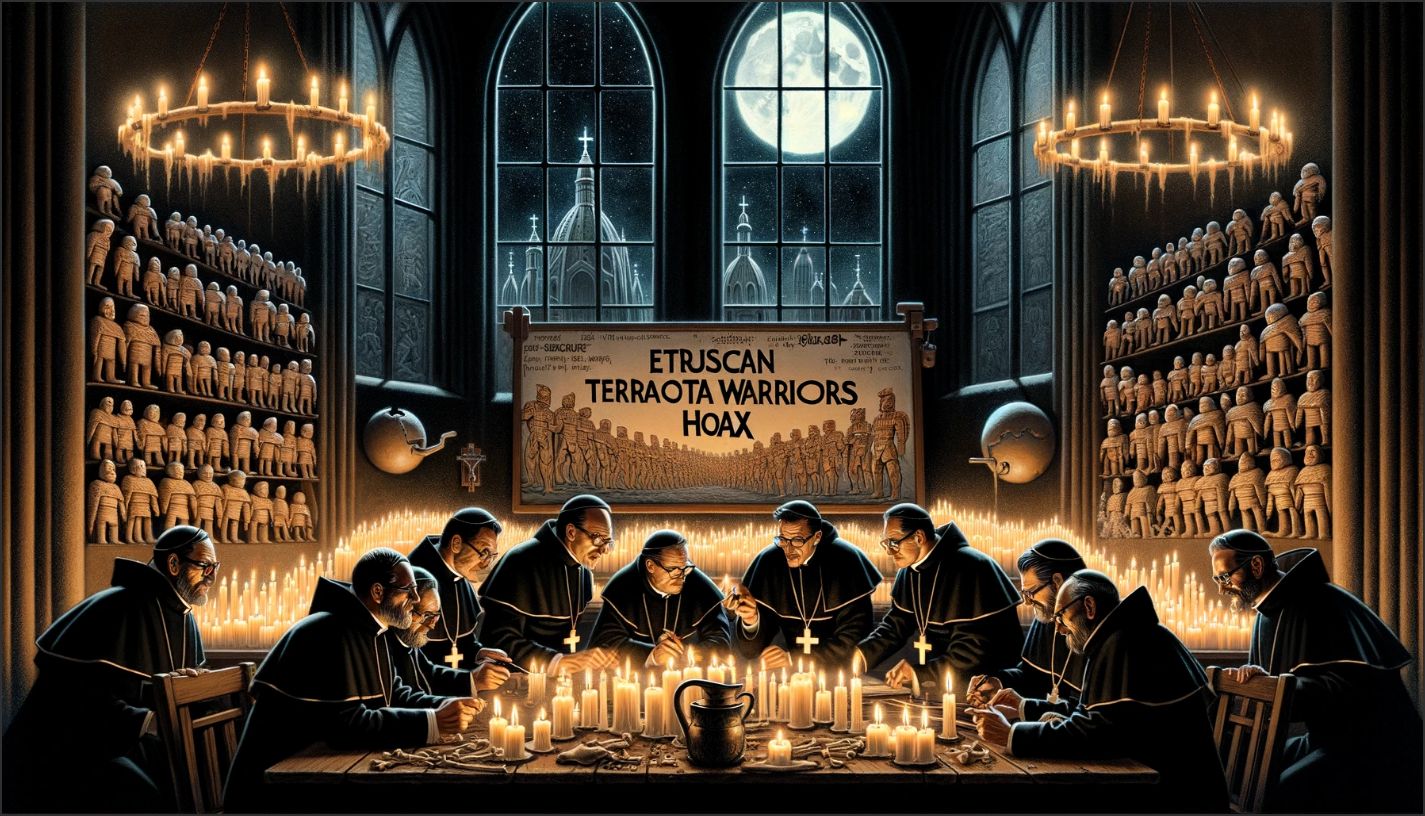Cunning, wily Vatican Jesuits behind, beneath forgery, fraud and hoax of bones, archaeology, science
Fake Bones – Bone Hoax – Vatican Jesuits
The Darwinian “evolution” theory is being furthered presumably with agenda of instilling in the masses an ‘anti-Christ’ sense of being remote, removed, detached from God which is suggestively absent or inattentive to what is presented as a nondescript, diminuitive, whirling globe of abandoned souls, hurling through space at miraculous impulse towards a meaningless end. Into this void, perhaps it is intened, the Pope shall interlope as sole path to God on Earth; or perhaps that is the lust of Lucifer as warned in scripture.
Historical Cases of “Bone Hoax” by the Vatican’s Jesuits: A Legacy of Fabrication
The Jesuits, known for their intellectual rigor and missionary zeal, have a controversial history intertwined with various scientific and archaeological discoveries. Throughout history, there have been instances where Jesuits have been accused of fabricating evidence, particularly bones, to support religious narratives or to advance certain ideological goals. Here, we explore some notable examples of such hoaxes, shedding light on a legacy of deception that has often blurred the lines between faith and science.
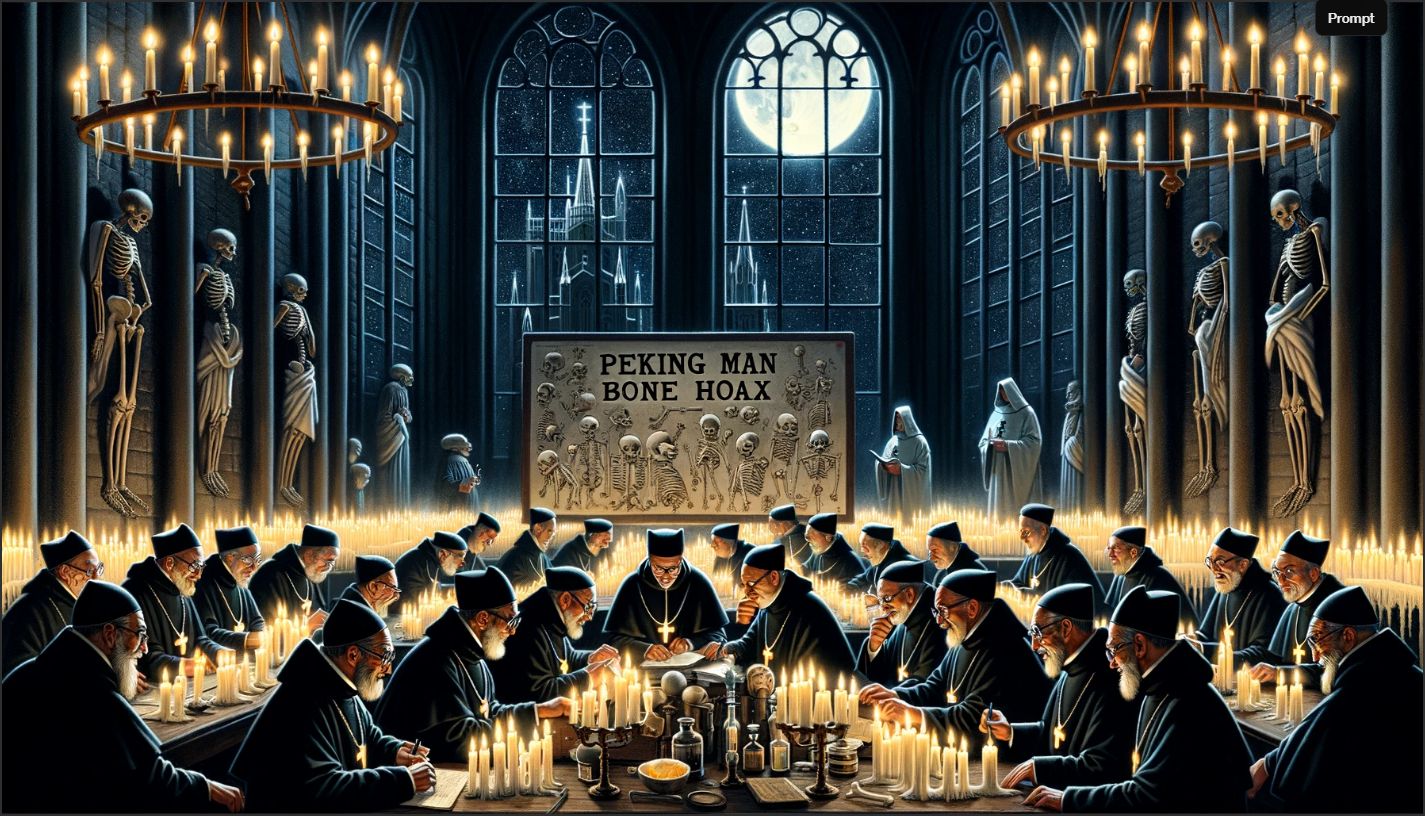
1. The Peking Man Bone Hoax
Involvement: Pierre Teilhard de Chardin, a Jesuit priest and paleontologist, was a central figure in the discovery of the Peking Man fossils in the 1920s.
Details: Initially hailed as a significant link in human evolution, the authenticity of these fossils was later questioned. Teilhard’s fervent support for Darwinian evolution and his role in the excavation have led to suspicions that the findings were manipulated to fit evolutionary theory.
Impact: The controversy surrounding the Peking Man casts a shadow over Teilhard’s legacy and raises questions about the integrity of Jesuit involvement in paleontological research.
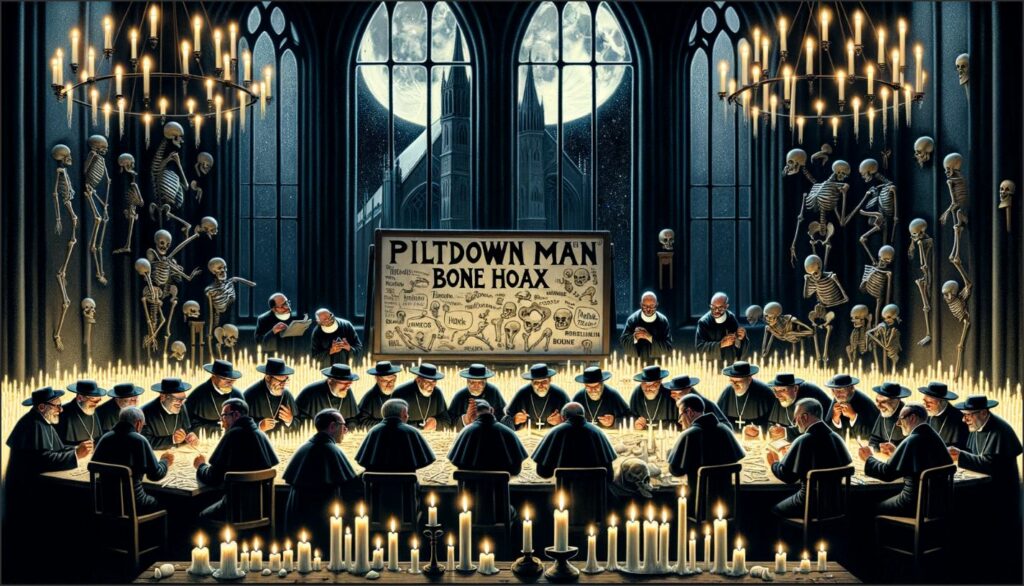
2. The Piltdown Man Bone Hoax
Involvement: Although not directly involving the Vatican’s Jesuits, the Piltdown Man hoax in the early 20th century had indirect connections to Jesuit scholars who were eager to support evolutionary theories that aligned with their theological perspectives.
Details: The Piltdown Man was presented as a crucial missing link in human evolution, combining human-like skull fragments with an ape-like jawbone. It was later exposed as a deliberate fabrication.
Impact: The revelation of the hoax severely damaged the credibility of many scientific institutions and individuals, including those in the Jesuit community who had supported the findings.
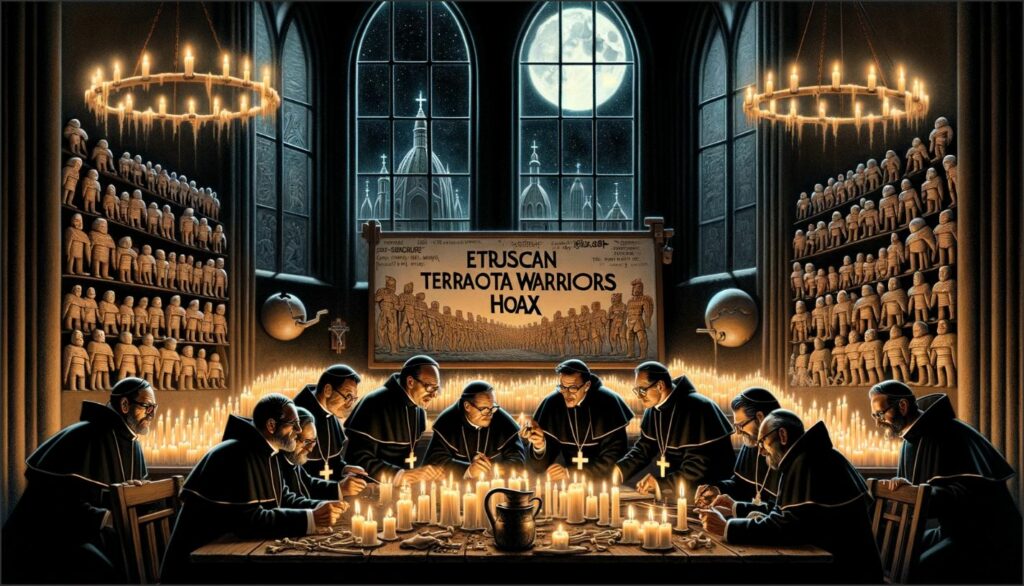
3. The Etruscan Terracotta Warriors Hoax
Involvement: Jesuit missionaries in the 18th century were involved in the discovery and promotion of various Etruscan artifacts, including supposed skeletal remains, which were later found to be modern forgeries.
Details: These forgeries were created to support the narrative of a sophisticated ancient civilization that predated Roman culture, aligning with the Jesuits’ interest in historical and cultural research.
Impact: The exposure of these forgeries undermined the scholarly work of the Jesuits and highlighted the risks of prioritizing ideological goals over scientific accuracy.
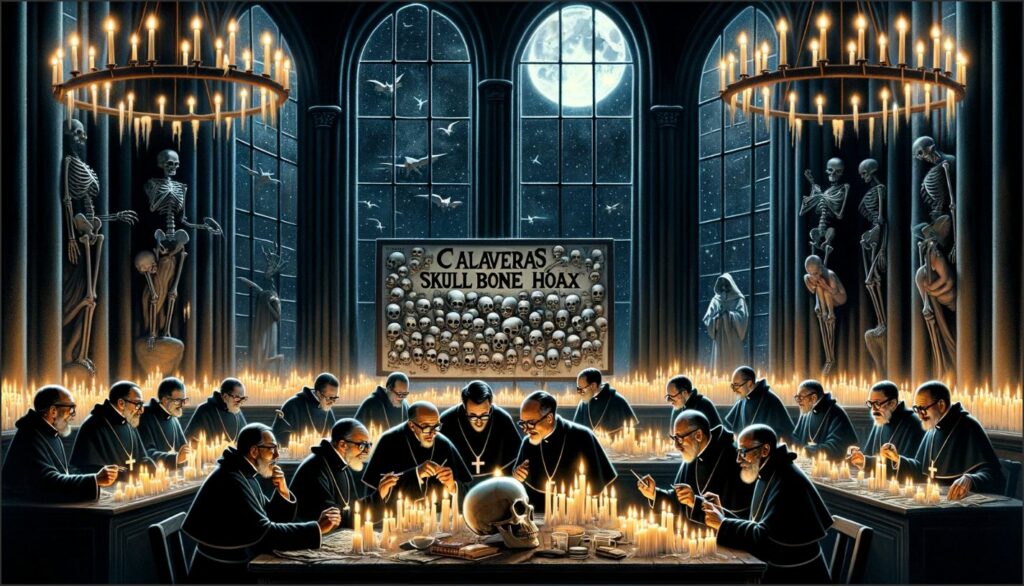
4. The Calaveras Skull Bone Hoax
Involvement: Jesuit priests in California were linked to the promotion of the Calaveras Skull in the 19th century, claimed to be proof of prehistoric human existence in North America.
Details: The skull was purportedly found in a gold mine and initially accepted by some scientists as evidence of ancient human life. Later investigations revealed it to be a hoax, planted by miners as a prank.
Impact: This incident damaged the credibility of those who had supported the skull’s authenticity, including Jesuit scholars who were eager to validate their historical narratives.
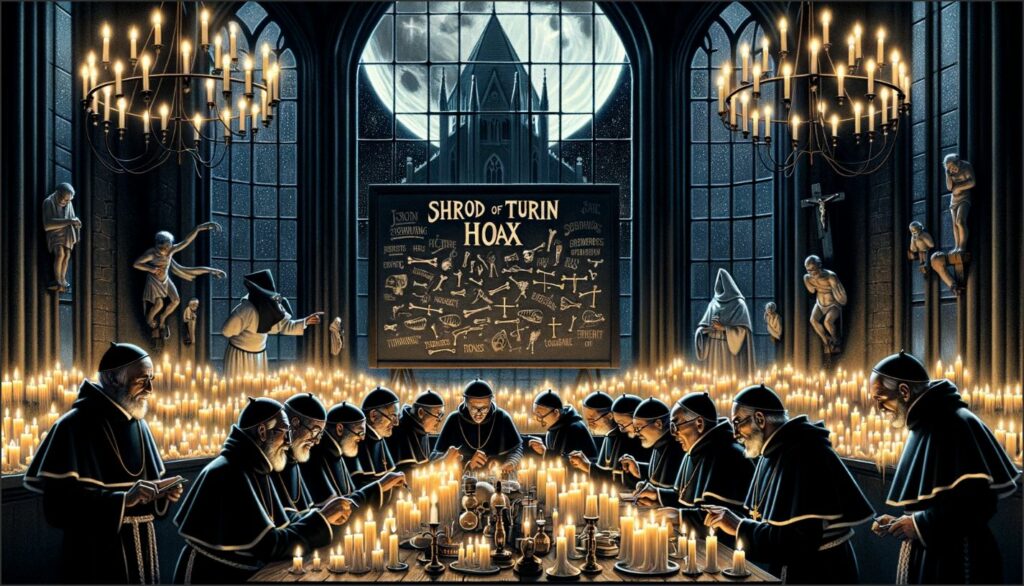
5. The Shroud of Turin Hoax
Involvement: Although not directly involving bones, the Shroud of Turin is a significant relic that has been promoted by the Vatican and various Jesuit scholars as the burial cloth of Jesus Christ.
Details: Radiocarbon dating and scientific analysis have repeatedly questioned the authenticity of the shroud, suggesting it is a medieval creation rather than a genuine artifact from the time of Christ.
Impact: The ongoing controversy over the shroud’s authenticity reflects broader issues of faith versus scientific evidence and the role of religious institutions, including the Jesuits, in promoting relics of dubious origin.
Conclusion
The history of bone hoaxes and other fabrications involving the Vatican’s Jesuits reveals a pattern of prioritizing ideological and religious goals over empirical truth. These examples serve as cautionary tales about the dangers of allowing faith and zealotry to compromise the integrity of scientific inquiry. As we reflect on these historical incidents, it is crucial to emphasize the importance of maintaining rigorous standards of evidence and objectivity in the pursuit of knowledge, regardless of underlying beliefs or motivations.
